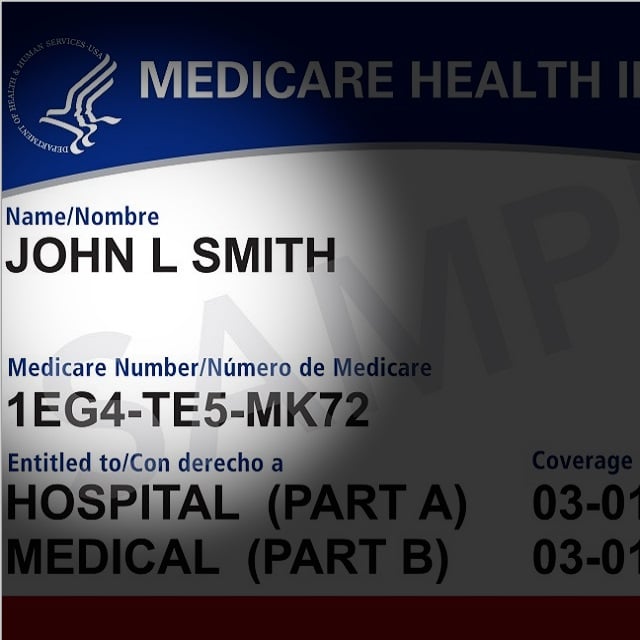Federal Appeals Court Gives UnitedHealth a Win Over New York Regulators
Resources
- A copy of the 2nd Circuit opinion is available here.
- An article about the district court ruling on the case is available here.
The ACA Risk-Adjustment Program
Starting in January 2014, the ACA has eliminated many of the defenses health insurers once used to limit medical claim costs, such as the ability to reject people who are about to get liver transplants, or the ability to charge more for people who have hemophilia. Insurers have had to price new individual and small-group coverage without considering any personal health factors other than location, age and tobacco use. The ACA risk-adjustment program was supposed to compensate health insurers that ended up with more than their fair share of the enrollees with serious health problems. Program managers worked with the plans to assign every enrollee a risk score. It then came up with a formula for pulling cash from plans with relatively low enrollee risk levels and pushing the cash to plans with relatively high levels of enrollee risk. Critics have questioned whether the risk scores adequately reflect the relative risk of enrollees; whether the scoring system is fair to new or rapidly growing plans, which may have little information about enrollees' health; and whether program managers' risk-adjustment formula is fair to plans with low average premiums.
New York State's Risk-Adjustment Fix
Maria Vullo, who was New York state's financial services superintendent in 2016, imposed an emergency regulation in an effort to keep ACA risk-adjustment surprises from pushing some carriers out of the state's individual health insurance market. Vullo gave herself the authority to collect up to 30% of ACA risk-adjustment program payments and redistribute the cash to other health insurers. UnitedHealth's UnitedHealthcare and Oxford units asserted that the state's emergency regulation was preempted by the federal regulations, and that the New York department's approach amounted to an unconstitutional taking of the companies' property.
The Ruling
Lohier writes, in an opinion for the panel, that one question was whether the ACA risk-adjustment regulations preempted the state-level risk-adjustment adjustment effort, and another question was whether HHS had approved New York state's effort. "There is some genuine ambiguity in HHS's various prior pronouncements and the regulations themselves about whether states may act as New York did without first getting federal approval," Lohier writes. "HHS could have been clearer in its statements." But HHS said, in a friend of the court brief, that it believes New York state should have gotten a more formal form of approval for its adjustment effort, Lohier writes. "Here, HHS has provided an interpretation of its regulations in an amicus brief that represents the agency's authoritative or official position and that clearly implicates HHS's substantive expertise in administering the very risk-adjustment scheme at issue," Lohier writes. The HHS brief is not simply an after-the-fact rationalization of what it thinks now, Lohier writes. Mid-level New York officials did talk to mid-level HHS officials and get their blessing, but New York regulators needed to do more than that to make a major change to how the ACA risk-adjustment program works," Lohier writes.
The Implications
Commercial health insurers once appeared to see having a strong risk-adjustment program as critical to the stability of the ACA framework. In recent years, the only ACA market stabilization program that has worked more or less as expected has been the ACA individual major medical insurance premium tax credit. In spite of the problems with the other stabilization programs, big, publicly traded health insurers have reported strong profits in recent years, and most commercial health insurers seem to be on track to maintain or expand their commercial health insurance market operations in 2021. In the next few years, because of insurers' growing emphasis on the importance of the premium tax credit subsidy program, court rulings on the ACA risk-adjustment may have only a minimal effect on the commercial health insurance market. In the long run, however, lingering problems with market risk allocation could lead to new problems with some insurers assuming too medical enrollee risk, failing, and dropping out of the market. Both Republicans and Democrats in Congress have supported the idea of strengthening the ACA risk-adjustment program, if the current ACA framework stays in place. — Read 7 Things to Know About the Big New House ACA Update Package, on ThinkAdvisor. — Connect with ThinkAdvisor Life/Health on Facebook, LinkedIn and Twitter.
© 2025 ALM Global, LLC, All Rights Reserved. Request academic re-use from www.copyright.com. All other uses, submit a request to [email protected]. For more information visit Asset & Logo Licensing.
Featured Resources
View All
Sponsored by Illinois Mutual Life Insurance Company
4 Reasons To Sell Simplified Issue Disability Income Insurance (SIDI)

Sponsored by Illinois Mutual Life Insurance Company
Simplified Issue Disability Income Insurance (SIDI): A Smarter Way to Sell and Protect







